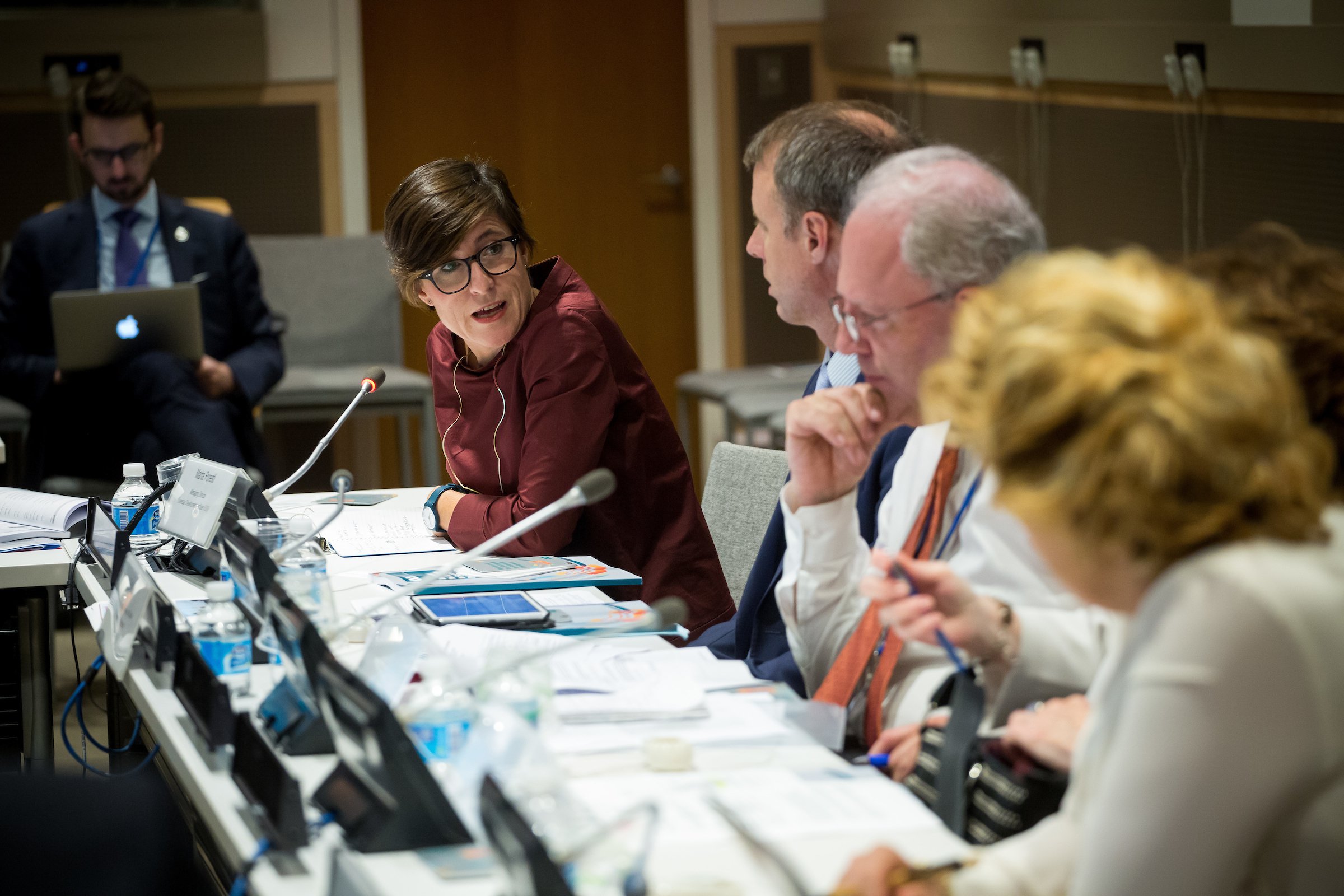Last week world leaders met in New York for the United Nations General Assembly, where migration was still at the top of the global political agenda. With one year to go until the Global Compact For Safe, Orderly and Regular Migration (GCM) is agreed by member states, the stakes could not be higher.
As the United Nations Secretary-General, António Guterres, himself put it:
The GCM must identify and instigate concrete ways to better manage migration and facilitate human mobility; a failure to do so would miss the opportunity for change created by the so-called ‘migration crisis’ and its prominence on the global agenda.
We are now at the midpoint of the two-year political process to agree the GCM. What progress has been made and what needs to happen to secure a positive outcome?
It is difficult to predict what the Global Compact will look like. However, the process for its adoption (which, at the United Nations, really matters), is promising. Louise Arbour, the Special Representative of the Secretary-General for International Migration (UNSRSG), will be setting the scene, writing the Secretary General’s report to be published in January 2018. She is an experienced policy-maker and internationally renowned jurist who made history with the indictment of a sitting head of state, Yugoslavian President Slobodan Milošević.
Together with the co-facilitators of the GCM, the Mexican and Swiss Ambassadors to the United Nations, the UNSRSG has instigated broad and inclusive consultations with member states and other stakeholders. These consultations are offering opportunities in their own right – new ideas are surfacing and will stay in circulation, including how to facilitate mobile money solutions to reduce the cost of remittances, and how to support skills partnerships to fill labour gaps and needs. New alliances and coalitions are being forged, to tackle these issues in a pragmatic and politically viable way. New commitments to engage and work with the realities of global migration are being considered by some leaders. In some countries, this has never been such a high priority.
Two years ago having this process in place would have been unthinkable. This alone is reason for optimism. However, the process alone cannot guarantee results. To succeed, the GCM needs to be agreed through intense political negotiations and subsequently ‘owned’ by member states. Engaging with this global process is essential – to help shape the GCM and to identify opportunities for collaboration and action among the different stakeholders.
Migration and development
In our engagement, we have focused on making the most of the interrelationship between migration and global development. Two months ago, I spoke at the United Nations to show how the GCM can recognise that human mobility is an essential component of economic and social development everywhere. We continued this focus at last week’s United Nations General Assembly. At our high-level event we launched a series of briefings that map how migration affects development outcomes in different sectors, and specifically how migration can help achieve all Sustainable Development Goals (SDGs).
Ingredients for success
For the GCM to work, it needs to be comprehensive and holistic in its approach. It needs to be globally-inspired, but locally-rooted and led, allowing for political and pragmatic solutions to emerge and take root. It also needs a bold vision. To this end, I propose the following three key ingredients to ensure its success.
What to avoid: perpetuating unhelpful dichotomies and lies about aid.
Focusing on development risks perpetuating unhelpful dichotomies especially between sending and host countries, ‘good’ refugees and ‘bad’ economic migrants, and between rich countries that give aid and poor ones that receive it. Development happens all along the migration journey. Aid cannot reduce or deter irregular migration, nor should it. The objectives of development are to reduce poverty and inequality, and foster growth. Migration can help achieve this, as part of a broader – and smarter – approach to the effective use of aid.
What to do: make the most of the SDGs.
The 2030 Agenda for Sustainable Development provides a holistic and comprehensive framework that grounds the migration-development nexus. There is also scope to invest specifically in areas where real progress can be achieved, like gender equality, improved access and contribution to health systems, educational outcomes and social welfare; and the innovations and opportunities offered by urbanisation and cities-led development.
How to talk about it: use the 3 I’s of migration and development.
- Investment, moving beyond aid or remittances alone to focus on investing in future societies for all, and leaving no one behind;
- Innovation, building and expanding on the initiatives that already exist, like diaspora bonds, global skills partnerships, and the extension of rights for citizens on the move; and
- Inclusion, ensuring that policies and actions are aimed at expanding rights and opportunities for all, including those who move and those who stay. In practice, this means broadening access to services, ensuring portability of benefits and expanding access to inclusive finance.
It is still early days for the GCM, and I don’t underestimate the difficulties of getting such an agreement off the ground, but following these steps will ensure we make the most of this unprecedented opportunity.

